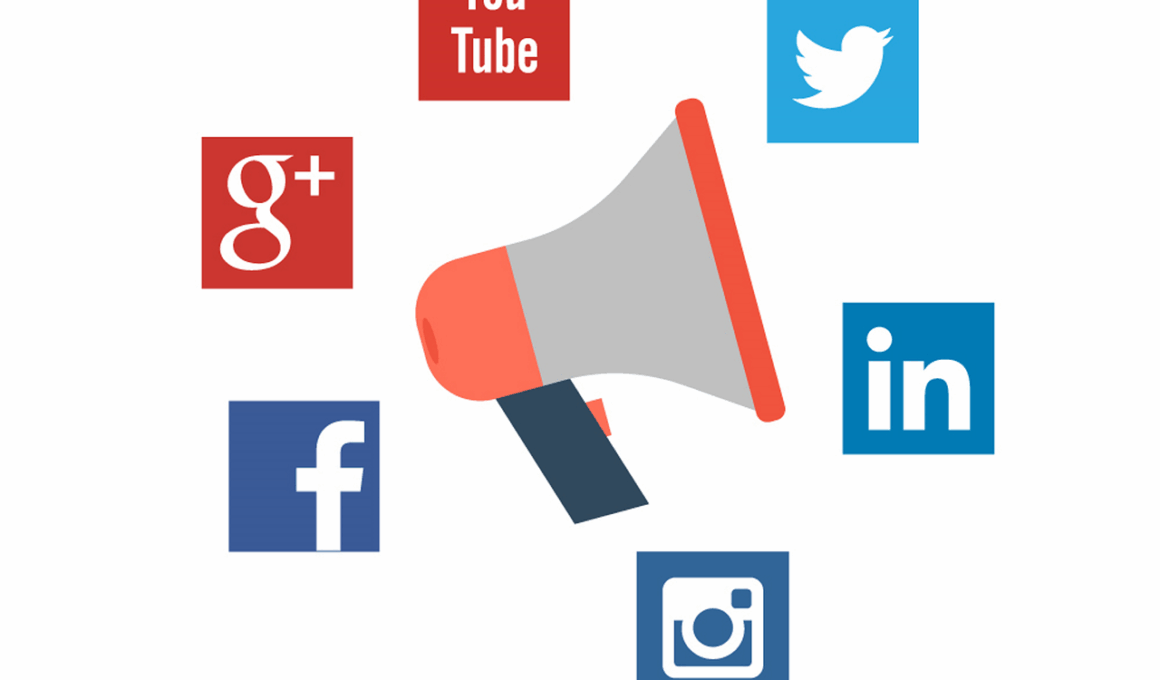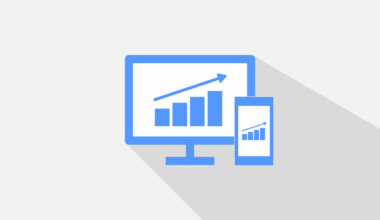Understanding Frequency Optimization
Frequency optimization in social media involves strategically determining how often content is published, ensuring that it reaches audiences without overwhelming them. The key is to strike a balance that maximizes engagement while preventing content fatigue. Too frequent posting can annoy followers, while infrequent updates may lead to diminished visibility. Regularly analyzing audience behavior is crucial, as different demographics engage with content at varying rates. For instance, younger audiences might prefer more frequent interactions, while older demographics might appreciate less aggressive engagement tactics. Surveys and engagement metrics should guide these decisions. Establishing a consistent posting schedule can enhance brand perception and improve algorithmic favor on platforms. It is essential to monitor key performance indicators over time to identify patterns and preferences. A/B testing different posting frequencies can yield valuable insights into what works best for your target audience. Use analytics tools to track engagement and adjust schedules as needed. Always remain flexible and ready to pivot based on audience response, seasonal trends, or significant events. Frequency optimization is a dynamic process that requires constant reevaluation and adjustment.
Benefits of Effective Frequency Optimization
The benefits of effective frequency optimization extend beyond just increasing engagement rates. A well-crafted frequency strategy helps maintain a brand’s visibility in users’ feeds, facilitating consistent interactions. This consistent presence fosters familiarity and trust, which are essential elements in building brand loyalty. Moreover, optimizing how frequently content is published can significantly enhance user experience. When users receive relevant content tailored to their preferences and interests, they are more inclined to engage positively. This engagement can lead to increased shares, comments, and likes, amplifying reach organically. Additionally, frequency optimization can also improve the overall performance of paid advertising campaigns. Ad placements that align with organic posting schedules frequently receive better engagement rates. The synergy created between organic and paid efforts can be highly beneficial to achieving marketing objectives. Collaboratively, these strategies can develop a comprehensive audience understanding, making room for tailored content that resonates on deeper levels. This analytical approach ensures marketing efforts lead to measurable results. Understanding the impact of frequency allows brands to become more responsive to audience dynamics and drive effective communication.
Analyzing Audience Insights
To excel in frequency optimization, one must deeply analyze audience insights. This involves collecting data on audience behaviors, preferences, and engagement patterns. Tools such as Google Analytics, Facebook Insights, and Instagram Analytics provide valuable information on when followers are most active, which types of content perform best, and demographic data. Understanding what resonates with your audience enables you to create targeted strategies tailored specifically to their needs. Regular assessments of metrics help identify potential content gaps and opportunities for improvement. Observe the times when engagement spikes; such instances can be attributed to content relevance or audience mood. Look for trends on specific days or hours that lead to increased interaction rates. Identifying peak times allows for an optimized schedule, ensuring posts reach the maximum number of eyes. Furthermore, these insights also assist in understanding which platforms yield the best results for high-frequency posting. Consistently refining your strategies through active observation of analytics ensures your content strategy evolves alongside your audience’s preferences. Remember, a flexible approach is paramount to achieving engagement objectives.
Balancing Quality with Quantity
In social media, striking a balance between quality and quantity is paramount when optimizing posting frequencies. Excessive posts can lead to audience fatigue, causing users to disengage. Therefore, while it’s essential to maintain a regular posting schedule, the quality of content should never be compromised. Well-crafted posts that provide value, entertainment, or education are more likely to resonate with followers than frequent low-quality content. Use the 80/20 rule—80% of posts should focus on delivering value, while only 20% can be promotional. Continuously curate content that reflects your brand’s identity and maintains creativity. Experiment with different formats, such as videos, polls, or infographics, to capture attention while ensuring your message remains impactful. Engaging in storytelling influences how users perceive brand authenticity. Make sure to take into account the differing expectations across various platforms. Adjusting content types and formats based on platform standards can improve engagement. Aim for clarity, relatability, and relevance in every post. By merging quality with a consistent posting frequency, brands can effectively maximize audience interaction and foster greater connections.
Utilizing Social Media Tools
Social media management tools play a crucial role in frequency optimization. They allow marketers to plan, schedule, and automate posts efficiently, taking the guesswork out of timing. Many of these tools offer comprehensive analytics that provide data-driven insights into past performance and audience behavior. Platforms such as Hootsuite, Buffer, and Sprout Social streamline content scheduling, allowing for a consistent posting strategy tailored specifically to engagement patterns. Users can schedule posts for peak engagement times, ensuring content is seen when followers are most active. Adjusting posts based on performance data becomes more precise, helping marketers refine their strategies quickly and effectively. These tools also enable cross-platform publishing, which saves time and effort while maximizing reach. Additionally, they allow brands to monitor conversations about their content, enabling timely interactions that foster connection with audiences. Responding to comments and messages promptly is essential in today’s social media landscape. Automation features ensure that your brand remains visible and active, even during off-peak hours. Implementing these social media tools enhances efficiency and supports data-centered decisions for effective frequency optimization.
Testing and Iteration
Implementing an effective frequency optimization strategy requires ongoing testing and iteration. Begin by outlining clear objectives for your social media campaigns, allowing you to design testing strategies that measure success accurately. A/B testing various posting frequencies can help determine optimal times and styles, enabling informed decisions backed by data. It’s vital to run these tests with a strong sample size to gauge reliable results and minimize biases. Adjust your posting frequency based on audience engagement and feedback during each test cycle. Furthermore, monitor not just the engagement rates, but also how these changes affect follower growth and overall brand perception. Collect insights on how different types of content fare at various frequencies. For example, videos may resonate better when posted twice a week, while infographics may perform well with a daily post. Apply insights gained from testing to refine content strategies continually, ensuring they align with audience preferences, trends, and marketing goals. Remember, frequency optimization is an iterative process, highlighting the need for adaptability, agility, and attention to audience feedback.
Conclusion
In conclusion, maximizing engagement through effective frequency optimization involves a multifaceted approach that intersects understanding audience dynamics, utilizing data, and leveraging tools. By maintaining consistency while never compromising on quality, brands can achieve significant improvement in audience interaction rates. Regular analysis of audience insights eliminates guesswork and informs data-driven decisions. A careful balance of posting frequency enables marketers to foster a positive user experience that builds loyalty and trust. Automation and effective social media tools also enhance efficiency, allowing teams to focus on creativity and messaging. Continuous testing and iteration further refine strategies, ensuring alignment with evolving consumer behavior and preferences. Ultimately, the goal is to remain flexible and responsive, adapting to the changing landscape of social media interactions. Embracing these frequency optimization strategies not only increases visibility but also cultivates deeper connections with audiences, fostering brand loyalty over time. As you embark on your frequency optimization journey, remember that a thoughtful, well-planned strategy supports meaningful engagement while enhancing your brand’s presence on various platforms.


